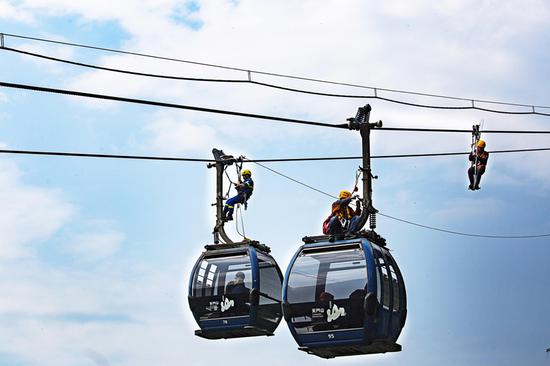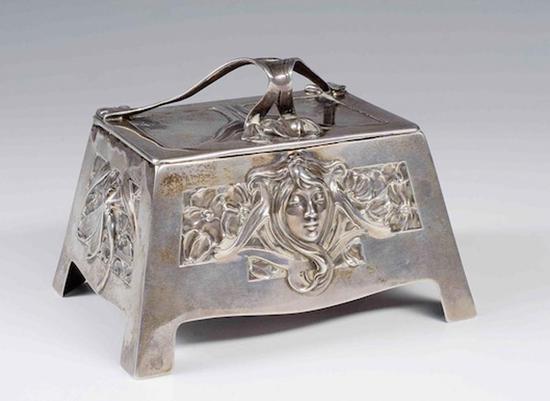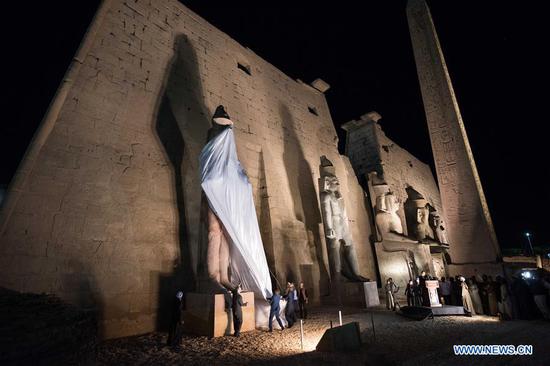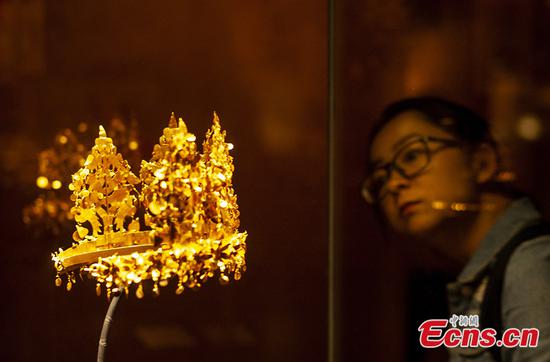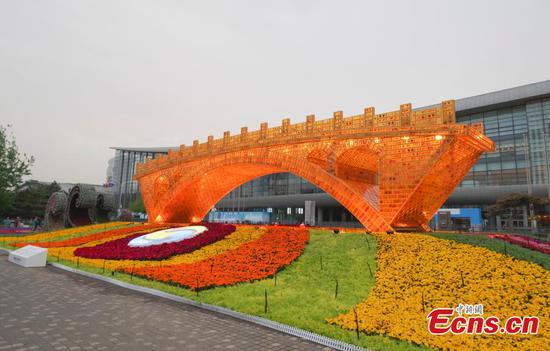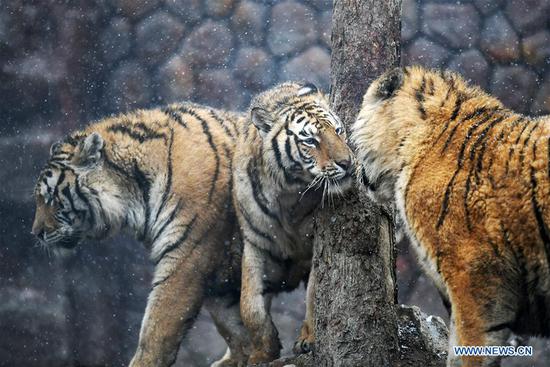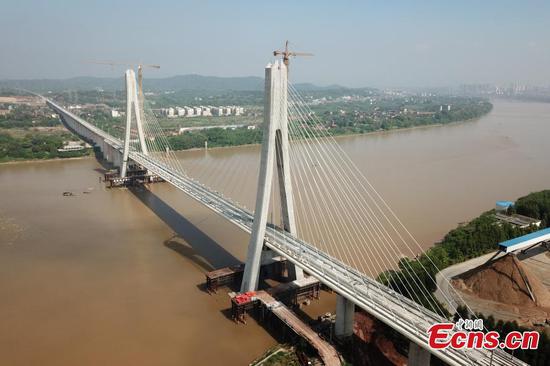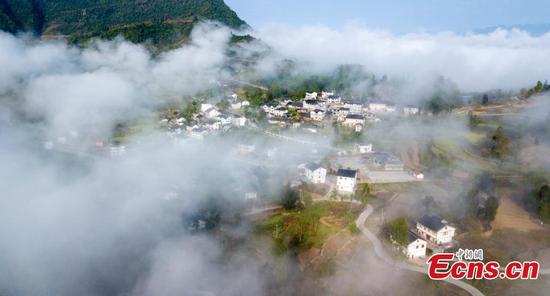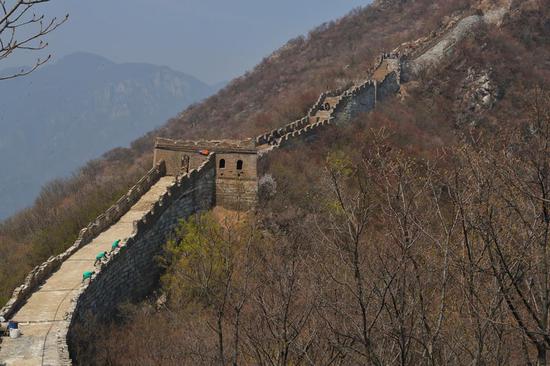More than 2,000 artificial nests will be installed on power poles scattered in a nature reserve on the Qinghai-Tibet Plateau this year to protect wild birds and ensure electricity transmission.
The Longbao National Nature Reserve is located in Yushu Tibetan autonomous prefecture in Qinghai province.
"In the past, most areas of Yushu were almost completely dark at night. Very few lights could be seen in towns powered by small hydropower stations," said local resident Tashi.
In 2010, a magnitude-7.1 quake severely damaged Yushu's fragile power grid, and in post-disaster reconstruction, the prefecture invested heavily in power facilities.
However, wild birds were unexpectedly killed or injured due to the high voltage, and short circuits caused by birds were frequent.
"Birds of prey like to make nests high in trees or on cliffs. Since grasslands on the plateau lack tall trees, power poles become their ideal places to make nests or perch on. But many birds, including buzzards and falcons, were electrocuted," said Han Xuesong, a member of a local wildlife protection NGO.
The NGO said around 10 birds were electrocuted per kilometer of power line in the area.
In the beginning, the organization tried to install devices to scare the birds through sound and light. In 2016, the organization invested over 3 million yuan ($448,000) to upgrade power lines with insulating material.
In 2017, the organization invested 290,000 yuan to construct 16 points for birds to roost on and installing 30 artificial nests on power poles.
"Birds were found carrying twigs, as well as iron wire, to build nests. But iron wire often causes short circuits on rainy days. So we check and clean bird nests during our routine patrols," said Bao Yongbin, head of the operation and maintenance department of the organization.
Technicians have tailored bamboo nests for the birds on the top of power poles, and the project has gained support from local herdsmen, who have taken part in their installation.
In April 2018, another 200 nests were built. Nearly 60 percent attracted birds and 32 chicks were hatched in 14 nests, Bao said.
The number of birds electrocuted per km of power line has dropped to one, and the percentage of short circuits caused by birds has dropped from 36.5 percent to 7 percent, the organization said.
It said 1,000 nests on its 10-kilovolt transmission lines are under construction. Another 1,300 nests are expected to be installed on its 35-kilovolt lines this year.
Xinhua









